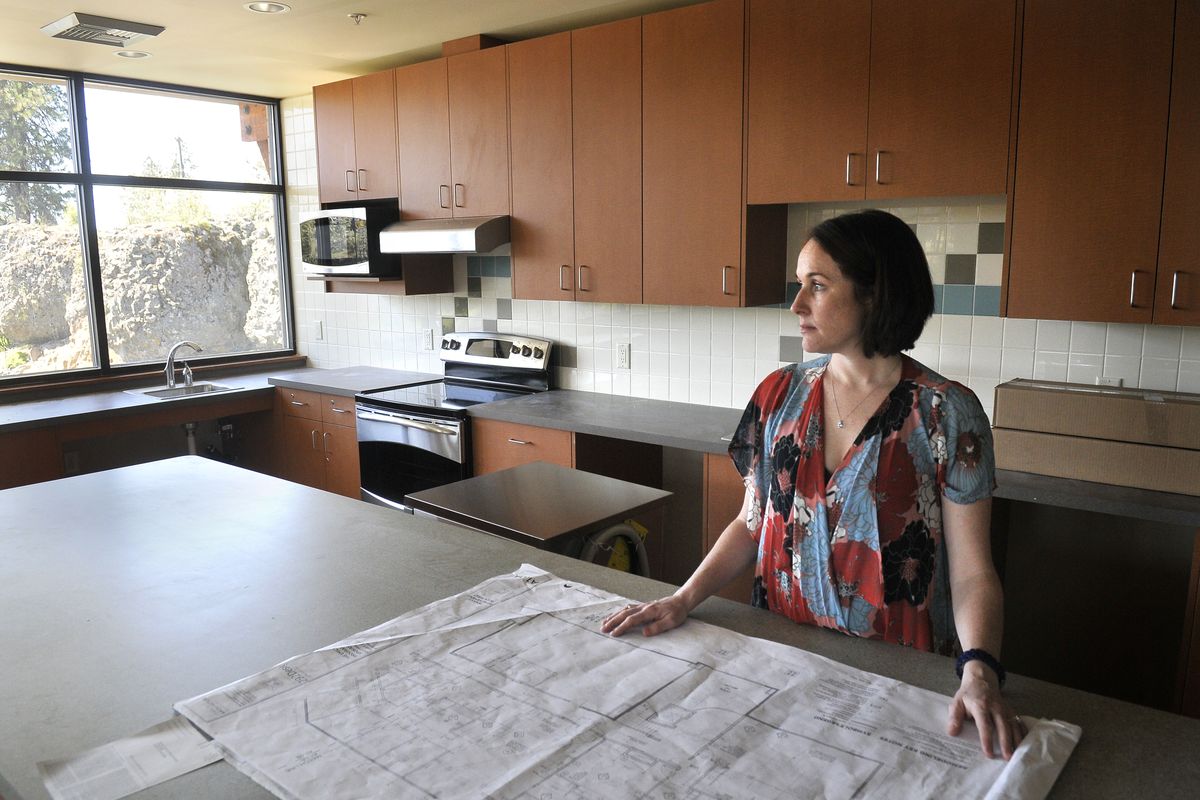Nourishing place
South Hill eating-disorder center will care for patients who need intensive treatment

The Emily Program, set to open June 3, will assess patients for eating disorders, providing individual and group therapy and nutritional counseling along with psychiatric and medical services.
It’ll serve adults and children who might just need an hour or two a week with a therapist and dietitian, but it’ll also offer more intensive outpatient programs. Patients in its “partial hospitalization” program might spend 40 hours a week at the center.
The Spokane location is the Emily Program’s second in Washington; the Seattle location opened in 2011. It also has eight locations in Minnesota.
The program expanded to Spokane because professionals here who work with eating-disorder patients expressed a need for it, said Jillian Lampert, the Emily Program’s senior director for business and community development.
Its operators also heard about Spokane patients who had to move temporarily to the Seattle area or out of the state for treatment they couldn’t get at home.
“Historically, if you had an eating disorder and outpatient wasn’t enough, you needed to go somewhere else for treatment outside of Spokane,” Lampert said.
The program has hired four therapists, two dietitians and other staffers, with plans to expand.
Multidisciplinary care
Guidelines for treatment of eating disorders call for a multidisciplinary approach, with therapist, dietitian, medical provider and maybe psychologists coordinating their care of patients, said Dee Myers, a Spokane mental health counselor who specializes in eating-disorder treatment.
Myers is a board member of the Inland Northwest Coalition on Eating Disorders, a nonprofit group that’s been working to boost the number of care providers in the region qualified and willing to treat eating disorders.
In the past, she and other professionals tried to work together to get patients the care they needed in offices throughout the city. It was complicated and difficult, both for patients and providers, she said.
“To have the option of intensive programming for people who need more than just once-a-week therapy is so important, and it’s so wonderful to have that in the Inland Northwest,” Myers said. “Treatment programs have emerged in the Seattle area over the last several years – there used to be pretty limited resources over there, too – but it’s difficult for people who have jobs and go to school to uproot and have to get treatment somewhere else.”
The Spokane program will be able to serve hundreds of patients who need varying levels of treatment. The roughly 10,000-square-foot space at 2020 E. 29th Ave. includes rooms for group therapy, offices for therapists and dietitians, a nurses station, and space for yoga and art therapy.
It also has a kitchen and dining room where clients can prepare and eat meals with help from therapists and dietitians.
“In an intensive-outpatient or a partial-hospitalization program, you can cook in the kitchen, and you can practice being around food,” Lampert said. “And you can eat a meal a day, or two meals a day, or three meals a day. It really allows people to get the nutrition they need, to stabilize the nutritional chaos they have, to practice being in a relationship with food.”
‘Brain-based illness’
Three percent of men and 6 percent of women have eating disorders, according to a national survey. Those percentages hold up in industrialized nations throughout the world, Lampert said.
“Eating disorders are a biological illness, a brain-based illness, that get triggered by genetics and the environment,” she said.
About 10 percent of eating-disorder patients have anorexia and 30 percent have bulimia. Others struggle with compulsive overeating or binge-eating disorders. Others still have conditions categorized as “eating disorder not otherwise specified.”
The bulk of the Emily Center’s clients are ages 16 to 35, but eating disorders also affect children and patients into their 80s, Lampert said. The program treats children as young as 8. Families are closely involved in children’s treatment.
Krista Crotty, a Spokane therapist who treats patients with eating disorders, said she likes the program’s commitment to personalized treatment. Crotty will serve as the center’s site manager, while also seeing patients.
“I have yet to meet two people with the same diagnosis who need the exact same treatment,” she said.
While some insurers cover much of the cost of eating-disorder treatment, some don’t – they’re sometimes listed among “excluded” conditions alongside procedures such as cosmetic surgery. The Emily Program helps patients navigate and advocate for their own coverage.
“We don’t want people to die from a disease they can treat,” Lampert said.